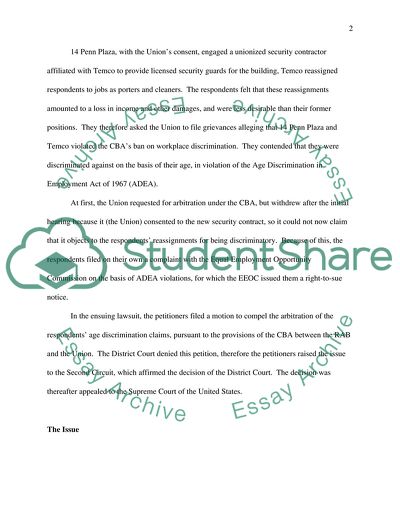Cite this document
(Supreme Court Ruling on 14 Penn Plaza V. Pyett Assignment, n.d.)
Supreme Court Ruling on 14 Penn Plaza V. Pyett Assignment. Retrieved from https://studentshare.org/law/1740770-supreme-court-ruling-on-14-penn-plaza-v-pyett
Supreme Court Ruling on 14 Penn Plaza V. Pyett Assignment. Retrieved from https://studentshare.org/law/1740770-supreme-court-ruling-on-14-penn-plaza-v-pyett
(Supreme Court Ruling on 14 Penn Plaza V. Pyett Assignment)
Supreme Court Ruling on 14 Penn Plaza V. Pyett Assignment. https://studentshare.org/law/1740770-supreme-court-ruling-on-14-penn-plaza-v-pyett.
Supreme Court Ruling on 14 Penn Plaza V. Pyett Assignment. https://studentshare.org/law/1740770-supreme-court-ruling-on-14-penn-plaza-v-pyett.
“Supreme Court Ruling on 14 Penn Plaza V. Pyett Assignment”, n.d. https://studentshare.org/law/1740770-supreme-court-ruling-on-14-penn-plaza-v-pyett.


